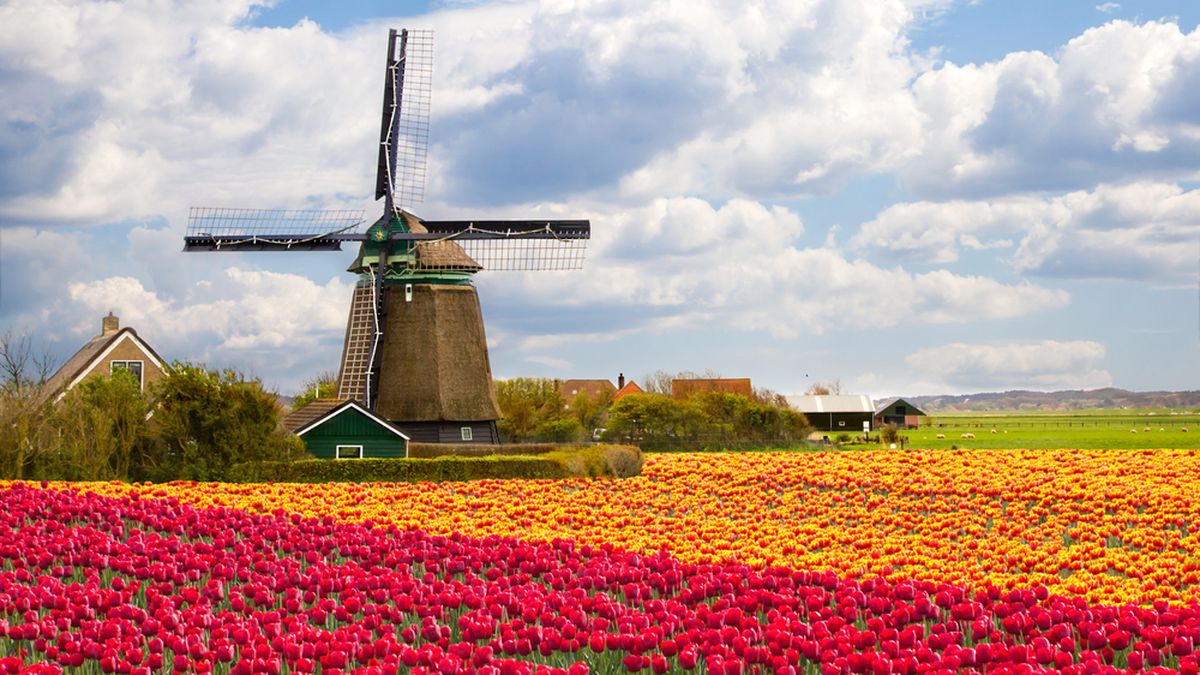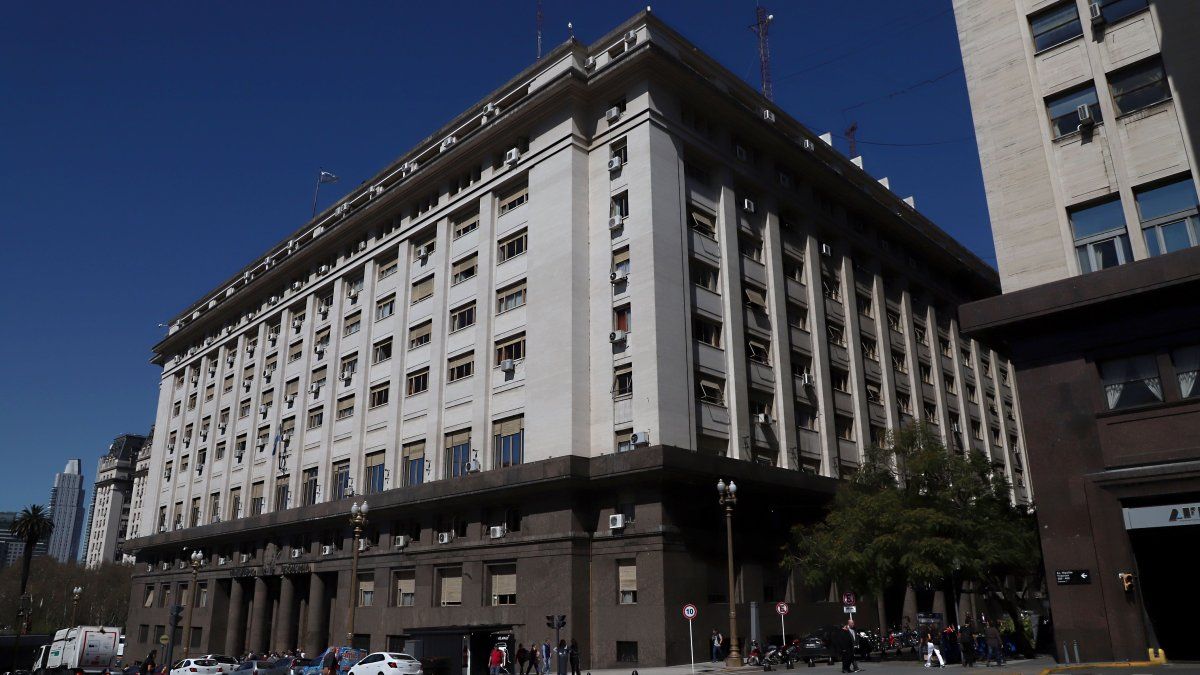Tulipomania remains a classic example of economic bubbles and speculation, and teaches a lesson in market behavior and investor psychology.
Both in Argentina As around the world, events occurred in the world of finance and economics that marked a before and after in the sinternational monetary systemchanging the course of various areas. Although we all know about the Great Depression of 1930, the Tequila crisis of 1994 and the Wall Street Stock Market crash of 1929, other countries also suffered from deteriorations in this regard.
The content you want to access is exclusive to subscribers.
Netherlandsa northwestern European country known for its flat landscape of canals, fields of tulipsmills and cycle paths, was the protagonist of the first economic bubble recorded in history. This was known as the “Tulipmania“, and the February 5, 1637 due to a brutal increase in crop prices.


tulips

Pixabay
Why Tulipomania originated in the Netherlands
Tulipomania originated in the context of a booming market and a growing economy in the 17th century. During this time, the Netherlands was in its Golden agewith an expanding economy thanks to trade and navigation. The Dutch East India Company played a crucial role, facilitating the spice trade and other valuable goods.
The tulips They are exotic flowers introduced to Europe from the Ottoman Empire around 1550. beauty and rarity of tulipsespecially “broken” varieties with unique color patterns caused by a virus, made them highly sought after. They quickly became symbols of wealth and social status. The upper classes and the bourgeoisie were willing to pay high prices for tulip bulbs to decorate their gardens and homes. The growing demand and limited supply of these flowers led to the speculation. People began buying bulbs not only for their ornamental value, but as a investmenthoping to sell them at higher prices in the future.
The day the Tulipomania economic bubble burst
During this period, prices skyrocketed at astronomical levels. However, the economic bubble burst abruptly on February 5, 1637when a batch of 99 tulip bulbs was sold for 90,000 florins, but the next day, a similar batch could not be sold for only 1,250 florinswhich unleashed panic and economic ruin for many investors. The lack of guarantees of this curious financial market, the impossibility of deal with contracts and panic bankrupted the Dutch economy. The inability to sell the bulbs at inflated prices caused a massive salewhich led to a rapid drop in prices.
Source: Ambito
David William is a talented author who has made a name for himself in the world of writing. He is a professional author who writes on a wide range of topics, from general interest to opinion news. David is currently working as a writer at 24 hours worlds where he brings his unique perspective and in-depth research to his articles, making them both informative and engaging.




